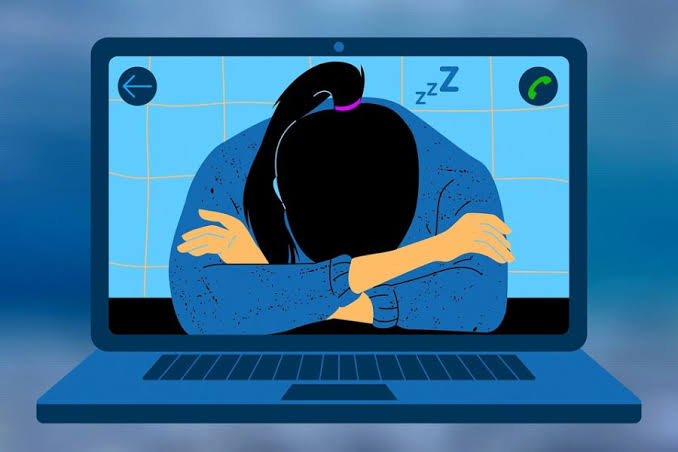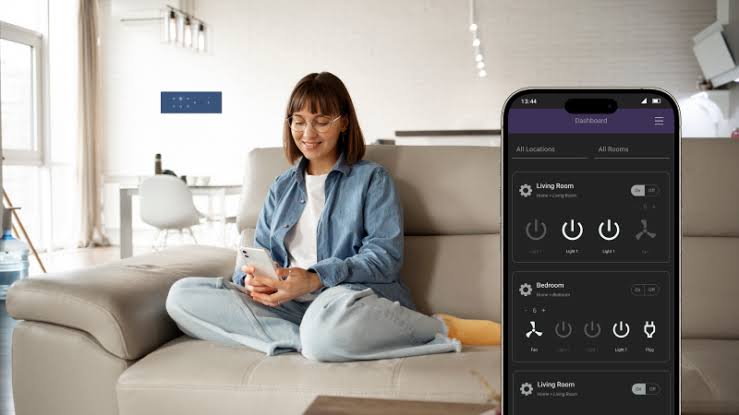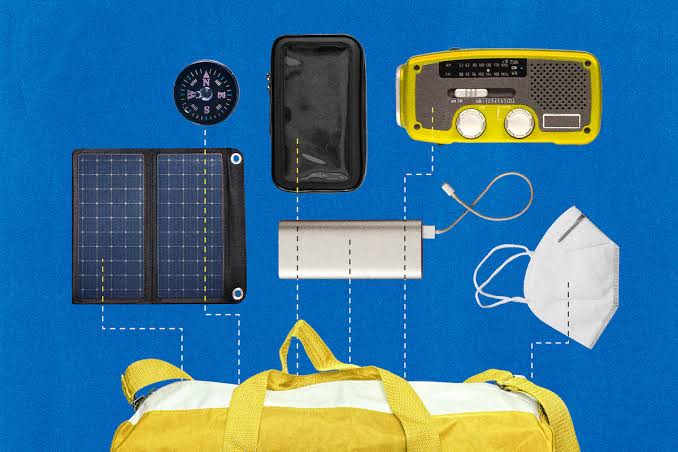Introduction to Gadget Use and Sleep Quality Concerns
In the fast-paced digital era of 2025, gadgets have become a central part of daily life. Smartphones, tablets, smartwatches, laptops, and even smart home devices are used around the clock for communication, entertainment, productivity, and health monitoring. While these technologies offer countless conveniences, they also bring unintended consequences—one of the most critical being the impact on sleep quality.
Sleep disorders, restlessness, and chronic fatigue are now increasingly associated with the overuse or misuse of gadgets, particularly during nighttime. Experts, health professionals, and sleep researchers are focusing heavily on this trend, exploring how technology can both disrupt and potentially improve sleep hygiene.
Disruption of Circadian Rhythm Through Blue Light
One of the most widely documented effects of gadgets on sleep is the disruption of the circadian rhythm, the body’s internal clock that controls the sleep-wake cycle.
- Devices like smartphones and tablets emit blue light, which suppresses melatonin production, the hormone responsible for inducing sleep.
- When used before bedtime, exposure to this light can delay the onset of sleep and reduce sleep duration.
This issue is especially problematic for teenagers and young adults, who are often heavy users of mobile screens at night. The habit of scrolling through social media or watching videos in bed can lead to prolonged sleep latency and reduced sleep quality.
Increased Mental Stimulation Before Bedtime
Many gadgets promote mental stimulation at a time when the brain should be winding down.
- Engaging in high-interaction activities such as gaming, messaging, or watching fast-paced content stimulates brain activity and emotional arousal.
- Notifications, alerts, and vibrations keep the brain alert even in rest environments, preventing deep relaxation.
This overexposure to digital interactions delays the natural transition from wakefulness to sleep, making it harder for individuals to achieve a calm and restful mental state before bed.
Sleep Fragmentation and Night-Time Disturbances
Another trend linked to gadget use is the fragmentation of sleep, where individuals experience frequent wake-ups or interruptions throughout the night.
- Many people keep their phones next to their beds, leading to disturbances from late-night calls, notifications, or vibrations.
- Some use sleep tracking apps or alarms that require physical interaction, which can break sleep cycles.
Even passive use—such as having a TV or smart speaker playing in the background—can disrupt the deeper stages of sleep, particularly REM and slow-wave sleep, which are essential for restoration and memory consolidation.
Dependency on Gadgets for Sleep Monitoring
In recent years, wearable gadgets and sleep tracking devices have become popular tools for health-conscious individuals. While they aim to improve sleep quality, they also introduce unique issues.
- Many users develop anxiety over the quality of their sleep data, a condition sometimes called “orthosomnia.”
- Obsession with sleep metrics can paradoxically lead to stress, which further impairs natural sleep cycles.
This over-reliance on gadgets for sleep analysis often causes users to lose confidence in their body’s natural rhythm, undermining intuitive rest patterns.
Emerging Trends in Sleep-Friendly Technologies
Despite the challenges, there are also promising developments in technology aimed at enhancing sleep quality rather than harming it. Several gadgets are being redesigned with sleep in mind.
- Smartphones now offer built-in night modes or blue light filters that reduce melatonin suppression.
- Smart lighting systems adjust brightness and warmth according to the time of day to support natural sleep cues.
- White noise machines and smart speakers offer soothing ambient sounds or guided sleep meditations.
These trends indicate a growing awareness of the importance of healthy tech habits and the potential of gadgets to serve as allies in sleep hygiene when used correctly.
Behavioral Shifts and Digital Wellness Practices
As sleep disturbances linked to gadgets become more evident, users and organizations are adopting digital wellness strategies.
- Sleep mode features on phones mute notifications during specified hours.
- Apps are promoting wind-down routines with screen dimming and bedtime reminders.
- Digital detox practices, such as no-screen zones or tech-free hours before bed, are becoming more common.
These shifts signal a broader cultural move toward intentional technology use and greater respect for the boundaries between digital life and personal health.
The Role of Wearables in Sleep Awareness
While sleep tracking devices can contribute to sleep-related anxiety, they also raise awareness about sleep hygiene when used mindfully.
- Wearables now offer breathing exercises, relaxation techniques, and daily reports to help users identify sleep barriers.
- Sleep data from smart rings, watches, or headbands is helping doctors diagnose sleep disorders more precisely.
In workplaces and wellness programs, these gadgets are even being integrated into broader mental health initiatives, highlighting their potential value when approached with balance.
Implications for Children and Teenagers
Children and teenagers are particularly vulnerable to the sleep-disrupting effects of gadgets.
- Excessive screen time reduces the total hours of sleep and increases sleep latency.
- Late-night usage impacts academic performance, emotional regulation, and physical health.
Parents and schools are now being urged to enforce screen time limits and promote offline bedtime routines, especially among youth. This is becoming a necessary policy in schools and pediatric health campaigns across many countries.
Conclusion
The relationship between gadget use and sleep quality is complex. On one hand, excessive or poorly timed gadget usage disrupts natural sleep patterns, stimulates the brain at the wrong time, and fosters fragmented rest. On the other hand, with mindful use and the rise of sleep-enhancing technologies, gadgets can actually support healthier sleep habits.
In 2025, awareness of this dual effect is becoming mainstream. Individuals, families, and institutions are learning to set boundaries with technology while leveraging its benefits wisely. The key lies in understanding how and when to use gadgets—not just having them.
Ultimately, improving sleep quality in a gadget-filled world requires a conscious balance between digital convenience and biological necessity.



